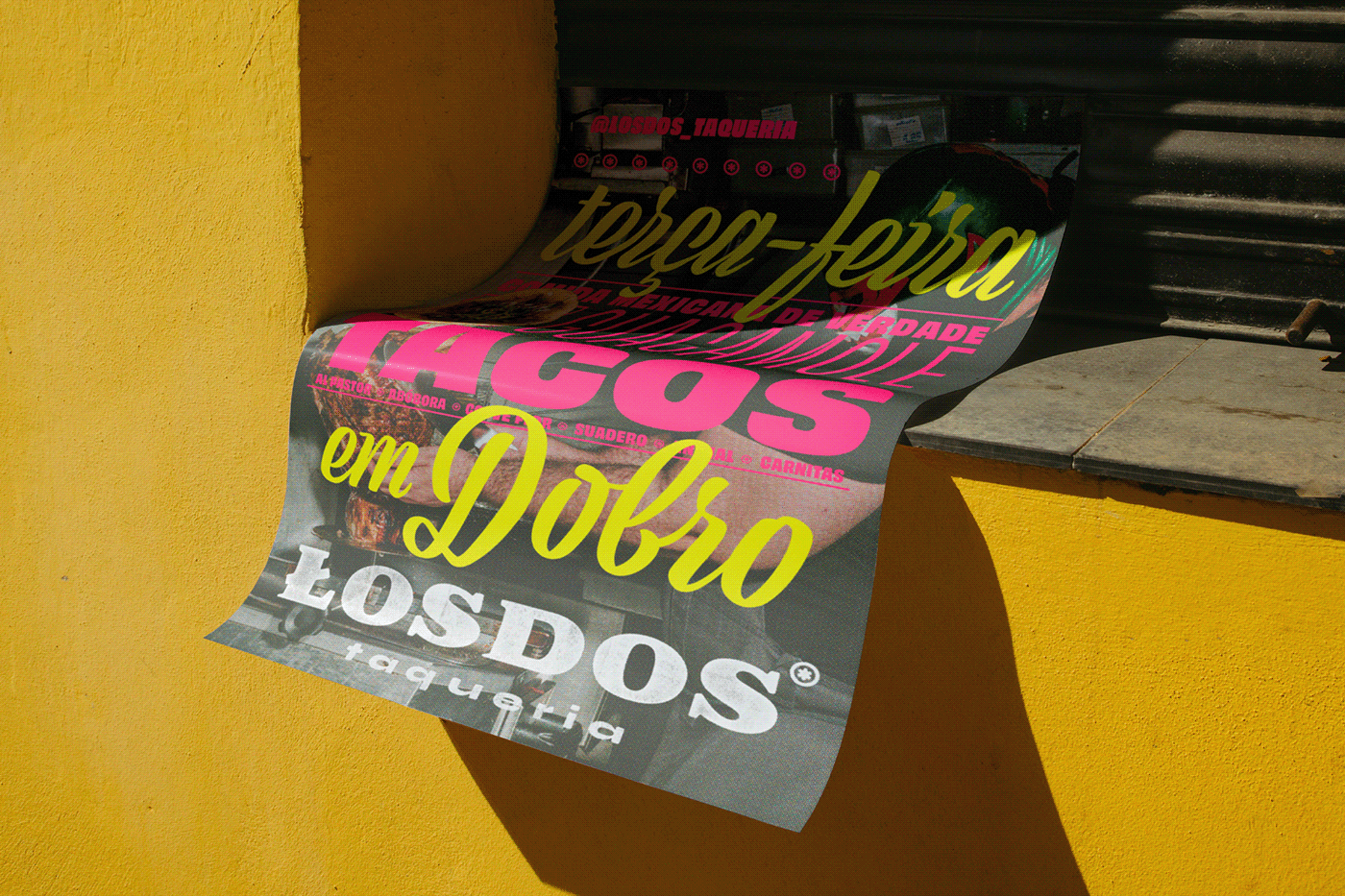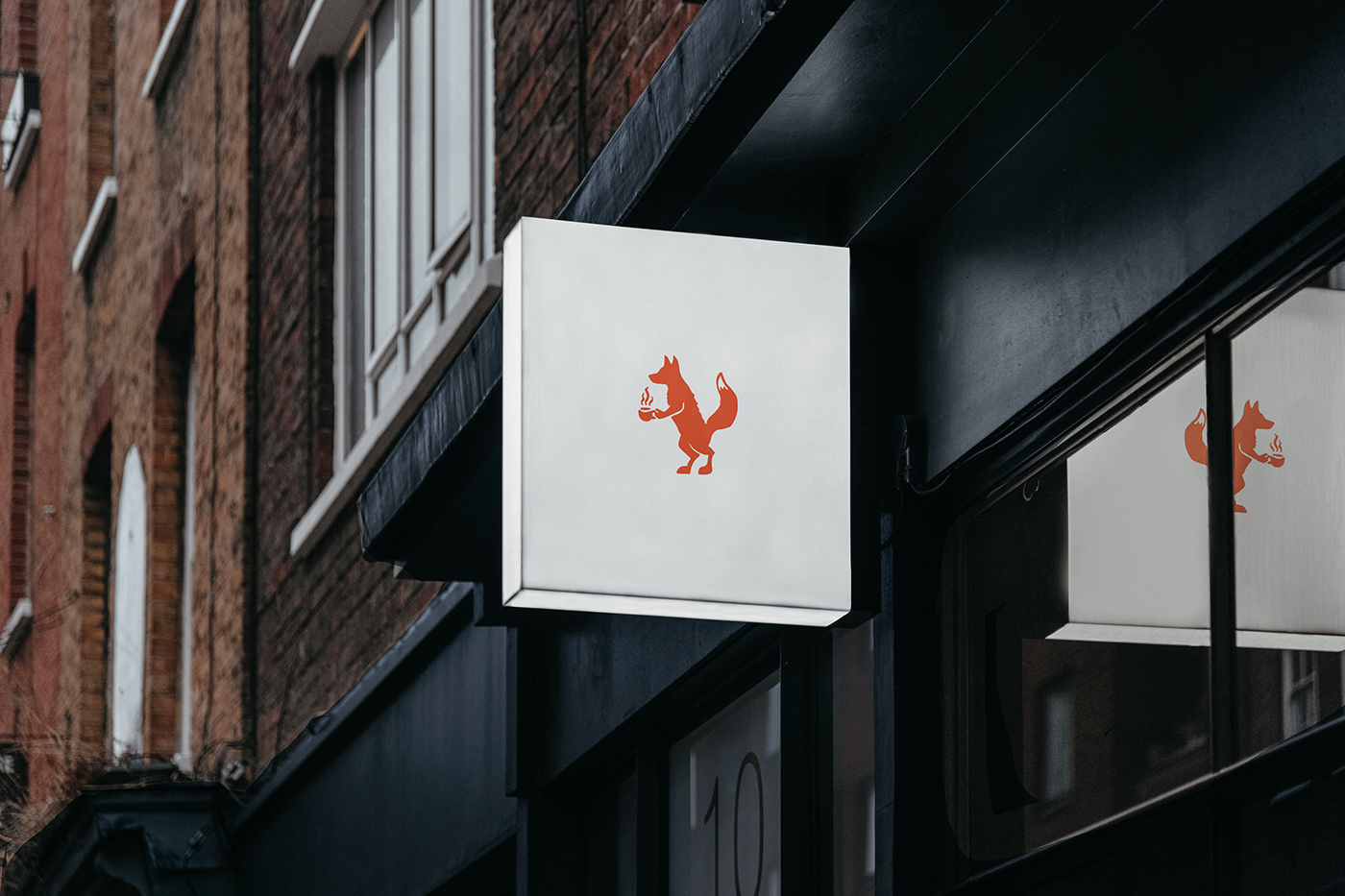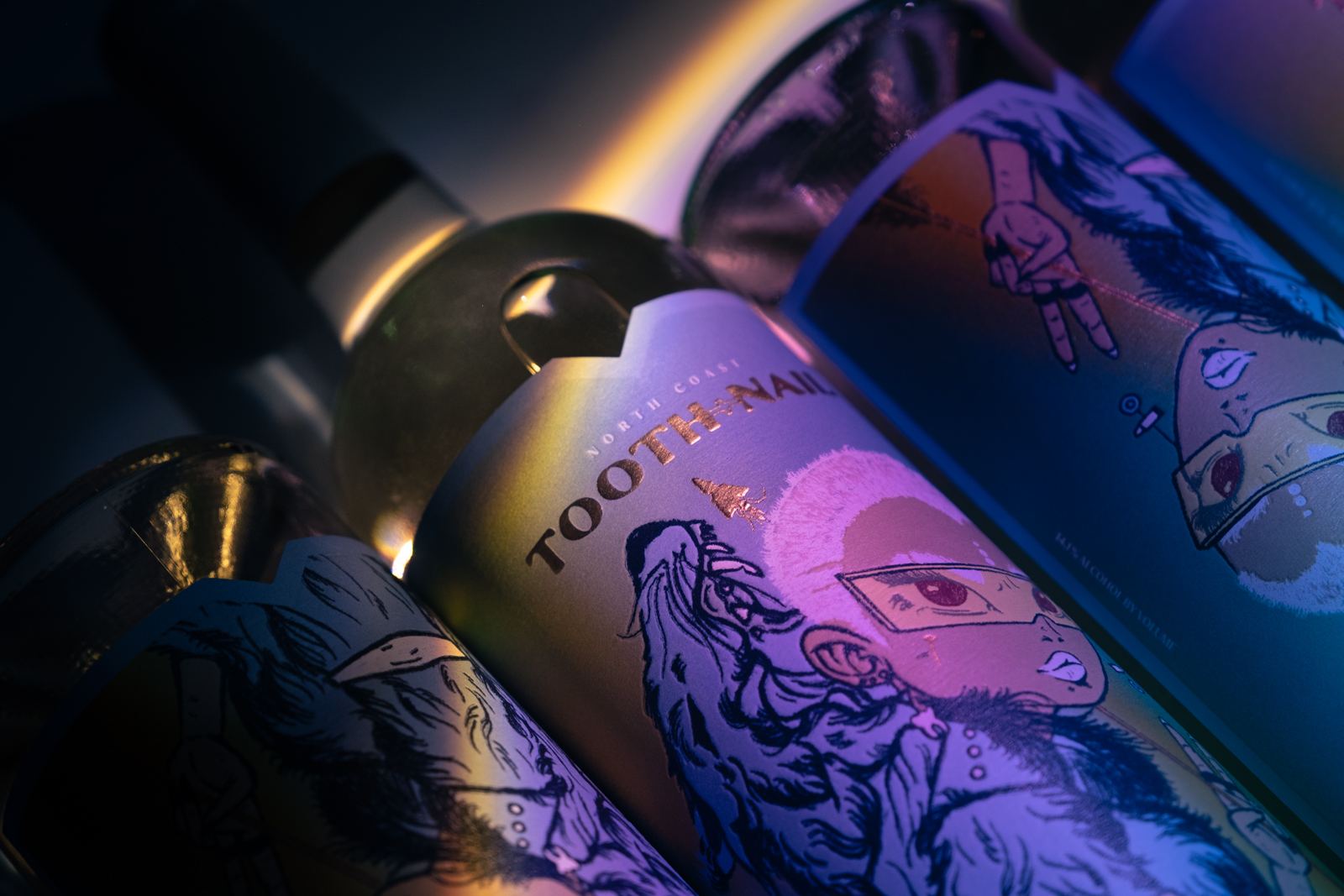Originally published in Branding Magazine.
Most of us have used, or are at least familiar with using, archetypes as a way to identify and profile a core audience. There have been quite a few books written on the topic outlining numerous archetypes. Although informative, the books rarely focus on a specific industry as unique as the restaurant industry.
Archetypes tailored to food service may seem similar to other industries, but there are a few key differences. Their biggest point of differentiation is that individuals often shift their archetype. Whereas one day Mrs. Jones may be more interested in a hearty meal, the next day she wants to eat healthier. This means that a person may take on the characteristics of many different archetypes in any given span of time because of the emotional and physiological drivers of food and eating.
These frequent shifts further emphasize the need, in the restaurant industry, to use archetypes when focusing brand efforts as opposed to the more literal approach of demographic research.
In my experience as a restaurant brand strategist, I have encountered a number of archetypes that seem to pop up frequently. The following isn’t an exhaustive list, but I’ve outlined the 10 most common that I’ve seen.
Couponer. We all know them, the do-anything-to-save-a-penny kind of person who clips coupons, buys Groupons and Scoutmob’s their faces off. These bargain hunters will go to just about any locale that has a deal. Although they’re not loyal, they do spread the word about a restaurant, as they like to brag about their latest savings.
Hipster. If it isn’t mainstream and corporate, they’re going to love it. Keep it lo-fi and DIY. They like the craft and respect the handiwork that goes into every little detail. Hipsters like to keep a good thing a secret, so don’t expect them to tell the world about an establishment. They are incredibly loyal as long as it never becomes a mainstream joint.
Superparent. Well-informed, young people are bearing children and they’re bringing their penchant for research, knowledge and understanding to the table. They want food that’s good for their family. This means more organic, gluten-free and locally-sourced produce. Affordability for the quality is also a hot button issue for this archetype. The Superparent will exercise a great deal of loyalty and are likely to refer other Superparents to a restaurant.
Evergreen. Some may call them hippies, but this group has grown beyond that stereotype. The Evergreen is looking for a socially responsible company beyond the cuisine and food offering. What light bulbs are being used? What green efforts are being employed throughout the operations? What is the carbon-footprint? The answers to these questions appeal to the Evergreen greatly. A socially conscious establishment will find unbreakable loyalty and a word-of-mouth fanaticism from this archetype.
Pseudo-Foodie. They’ll talk about things like “presentation” and “chef-driven,” and they’ll pay attention to textures and technique. They’ll do this at a fast, casual restaurant and post about it in great detail on Yelp. These are the Pseudo-foodies and they clock over 20 hours of Food Network programming per week – adding to their “expert knowledge.” You won’t find much loyalty, but will find some word-of-mouth marketing as they are sure to let everyone know about their latest culinary experience.
Fitness Freak. One part Healthnut and one part Gym Rat, the Fitness Freaks seek a healthy restaurant experience that caters to their dietary needs and, often more importantly, their image of fitness. For them, Fitness isn’t just something they strive to attain, it’s a lifestyle they constantly announce to the world. Healthy food options, along with their nutritional information, are going to appeal to this group.
Straightshooters. No hoopla. No nonsense. They just want good food for a good price. They’re not worried about sourcing, green initiatives, calories and so on. They want it with the least amount of bells and whistles. The good thing about the Straightshooter is they can be quite loyal to simple brands. They may not broadcast it to the world, but they will be a sustaining force behind any solid concept.
Socialite. Did you just open? Are you the hottest place on the hottest scene? Are celebrities and high-rollers frequenting your spot? Then you’re in a prime position for a visit from a Socialite. The Socialite wants to see and be seen. They want to be at the newest openings for the most expensive restaurants. They want celebrity status. They’ll tell anyone they can about your new spot, but will most likely accompany your accolades with a flimsy undermining comment to ensure it’s understood that they deserve better. The Socialite will come back as long as the restaurant is the talk of town. Once it gets quiet, they’ll be on to the next.
Wanderluster. These are the culinary adventurers. If it’s new and unheard of, they’re going to be there digging in. The Wanderluster is looking for a new experience with new, different food. This could mean extremely new (like schnitzel) or just different than the mainstream (like Thai). Either way, they are constantly expanding their culinary horizons and experiences one concept at a time and they’re super excited to talk about it. The Wanderluster is more likely to be a blogger as they also like to document their experiences.
Manly Man. Don’t let the name fool you. Women easily fall into this archetype, as well. The Manly Man wants a heap of savory, deliciousness on a plate for a good price. These people couldn’t care less about your dainty plates of healthy food. They want it good and they want a lot of it. They’re ready to eat well and drink great beer without a second thought to anything but price. They want value, but will pay for the goodness they get. Manly Men also like to talk about their gluttonous exploits and will devote themselves wholeheartedly to their favorite hearty hotspots.
As stated earlier, these are just 10 of the common archetypes I’ve experienced and seen in action. When developing brand messaging and identity, it’s essential that we look to archetypes as a guide, and not as an absolute totem.
What food-lover archetypes have you encountered? What kind of characteristics of brand loyalty to they tout?






